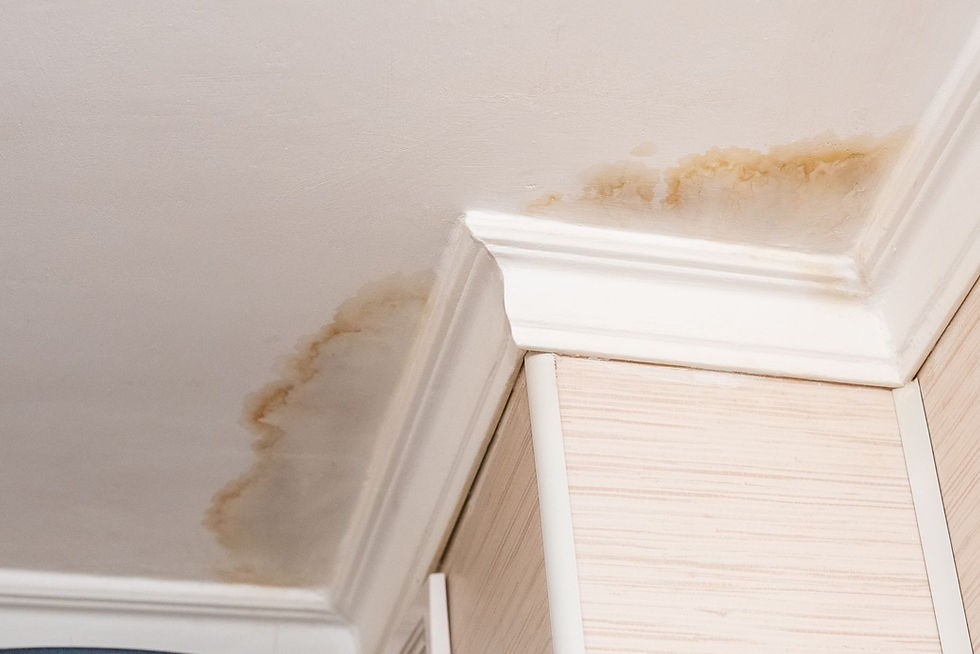Tree Clearing: Proper Land Stewardship
- Growing Texas

- Aug 17, 2021
- 2 min read
The responsibility of land stewardship falls on the shoulders of ranchers and farmers across the great State of Texas. First, however, every landowner must understand the repercussions of what it means when you take "your" trees down.

Unfortunately, too many landowners think of tree clearing simply as burning or spraying applications of herbicide. And while both might be considered viable options, neither should be a first choice or even second option for any landowner seeking to restore their property.
Cedars grow naturally in the Hill Country region and have always been an extension of the natural landscape. Native Americans would often manage the cedar trees on their land by utilizing controlled burns. Many ranchers still use controlled burns to keep cedar from taking over. But because the land is valuable, and people don't know about the practice, fewer and fewer controlled burns occur. So now cedar is taking over in Central Texas.
How much cedar should you leave? Generally, 20-25% of cedar (including mostly mature trees) should be left behind for cover. All your property should be either restored as native grasslands or "savannah" so it will have a natural balance.
75-80% of the land not terraformed to become savannah or prairie should be designated for nonnative vegetation to halt erosion and ground compaction. In some cases, native grasses will regrow without new seedlings. Landowners should consider planting other trees, including various types of oaks, elms, cypress, cherry, and pecan trees. Variety is the ultimate goal: to have many different native species known to thrive in the region. To do this, protect young trees by using wire fencing or other barriers to keep deer from eating the plants.
Raw materials from the tree razing get recycled and applied as new ground cover to keep the soil fertile and prevent erosion.
Land Clearing and Tree Removal
Once you remove trees, the pressure is on to develop your land. With unwanted cedar and other trees removed, ranchers get left with a blank canvas to make the land productive. These projects might include building roadways, laying pads for new buildings, extending pastures or other agricultural areas.
The Benefits Of Tree Clearing
If cedar and other trees get removed, your land will need some reshaping immediately. However, these projects can be the most enjoyable part of any development project. It's the project phase where you decide what kind of property you want to develop in the future.
Land clearing allows for a fresh start and helps ranchers take back their view of their lands throughout Texas. Without unwanted trees, you can see the beautiful blazing sunsets or amazing sunrises in the morning. With unwanted cedar trees gone, it's time to rebuild your property for future generations.




The responsibility of land stewardship falls on the shoulders of ranchers and farmers across the great state of Texas. However, before removing trees, landowners must fully understand the consequences of their actions. Just like truck engine repair, proper care and consideration are needed to ensure the long-term health and sustainability of the land.
Great content very well written this is my first time on this website would love to visit again
https://sanantoniolandclearing.com/